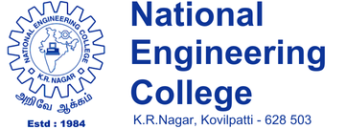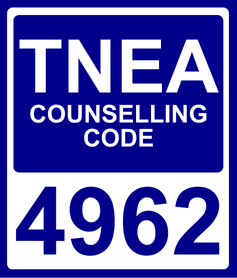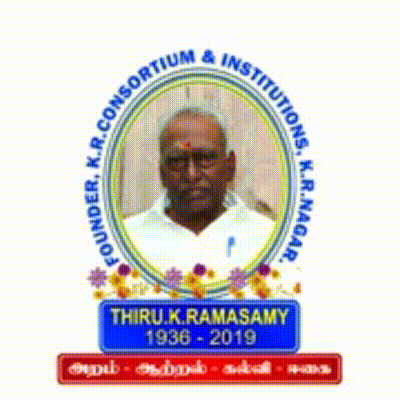IEEE STUDENT'S CHAPTER
About IEEE
The Institute of Electrical and Electronics Engineers (IEEE, pronounced “I triple E”) is a professional association with its corporate office in New York City and its operations center in Piscataway, New Jersey. It was formed in 1963 from the amalgamation of the American Institute of Electrical Engineers and the Institute of Radio Engineers. Today, it is the world’s largest association of technical professionals, with more than 400,000 members in chapters around the world. Its objectives are the educational and technical advancement of electrical and electronic engineering, telecommunications, computer engineering and allied disciplines.
IEEE stands for the “Institute of Electrical and Electronics Engineers”. The association is chartered under this full legal name. IEEE’s membership has long been composed of engineers and scientists. Allied professionals who are members include computer scientists, software developers, information technology professionals, physicists, and medical doctors, in addition to IEEE’s electrical and electronics engineering core. For this reason, the organization no longer goes by its full name, except on legal business documents, and is referred to simply as IEEE. The IEEE is dedicated to advancing technological innovation and excellence. It has about 430,000 members in about 160 countries, slightly less than half of whom reside in the United States.
Vision
IEEE student branches are primarily dedicated to instil and energize the technical interests of student members by providing a platform to demonstrate their abilities.
Mission
- Organize regular events on campus that address the latest technologies.
- To inspire more students to become members of the organization.
- Conducting technical awareness programs for young professionals.
Activities conducted through the Association
Technical Events Organized during 2021-22
| S.No | Date of the event | Details of the Events | Resource Person | Participants | Report (No. of participants) |
|---|---|---|---|---|---|
| 1 | 12.06.2021 | The IEEE Student branch has proposed to conduct a Technical event, “Idea presentation” on 12.06.2021(Saturday) through online mode from 10.00 A.M to 12.00 P.M. | Not applicable | IEEE student members, NEC | No. of Participants – 10 batches |
| 2 | 05.08.2021 to 07.08.2021 | IEEE Madras Section is organizing a Faculty Development Programme on "IoT for Healthcare Applications" during Aug 5 - 7, 2021", through online. The IEEE Students Branch of National Engineering College is hosting this FDP. | Dr.D. Nirmal Associate Professor/ECE Karunya Institute of Technology and Sciences (Deemed University), Karunya Nagar, Coimbatore. Dr.D.Gracia Nirmala Rani Assistant Professor/ECE Thiagarajar College of Engineering, Madurai. Dr. Shajulin Benedict Assistant Professor Indian Institute of Information Technology Kottayam, Kerala. Dr. Prabu Mohandas Assistant Professor/CSE National Institute of Technology Calicut Dr.E.Muthu Kumaran Assistant Professor/Electronics Engineering Dr. B.R. Ambedkar Institute of Technology, Port Blair, Andaman and Nicobar Islands. | Faculties from Tamilnadu and Karnataka | No. of Participants – 24 faculties (Rs.8,000 sponsored by IEEE madras section) |
| 3 | 17.09.2021 | The webinar titled “ENGINEERING JOB TRENDS & RELEVANCE OF ADAPTIVE LEARNING” was conducted by IEEE student branch of National Engineering College in the view of Founders Day. | Mr. Madhusoothanan Vijay Manager, Engineering Research & Development Council NASSCOM India | IEEE student members, NEC | No. of Participants – 33 |
| 4 | 09.10.2021 | Distinguished Lecturer Talk (Webinar) is organized on the topic of “Traditional and Contemporary techniques for Image Enhancement” through online mode | Dr.G.Devasena, Associate Professor/ CSE, Indian Institute of Information Technology Tiruchirappalli | IEEE student members, NEC | No. of Participants – 33 |
| 5 | 20.10.2021 & 22.10.2021 | A QUIZ PROGRAM named DREAM TECH was conducted in activity room of EEE dept on 22nd October 2021 for IEEE 2nd Year students. | Technical Quiz | IEEE student members, NEC | No. of Participants – Students-36 |
| 6 | 09.12.2021 | National Engineering College, Kovilpatti & IEEE Electron Devices Society Coimbatore chapter, Special Lecturer Talk (Webinar) on December 09th 2021 at 3:50 pm “Nanostructured Materials and Devices for Sensing Applications” | Prof. Satyabrata Jit, Professor, Department of Electronics Engineering, Indian Institute of Technology BHU, Varanasi. | More than 50 students and 10 faculties from various colleges (Tamilnadu and Karnataka) | No. of Participants – Students-50 Faculties-10 (Rs.2,000 sponsored by IEEE Electron Devices Society Coimbatore chapter ) |
| 7 | 06.01.2022 & 07.01.2022 | IEEE funded two days’ workshop on “Artificial Intelligence and Machine Learning using MATLAB” during 06-01-2022 and 7-01-2022 | ML Fundamentals Dr Malaya Kumar Nath Associate Professor/ECE NIT Puducherry. ML and AI in cyber security Mr. Sheik Mohamed Technical Manager, Mindtree Ltd. - Gachibowli, Hyderabad. Matlab Tools for ML and AI Mr.Moorthi Kanagaraj Director Enthu Technology Solutions Ind Pvt Ltd Bangalore Mr.Karthikeyan Singaram Asst Technical Manager Enthu Technology Solutions Ind Pvt Ltd Bangalore Problem solving using ML and AI (MATLAB) Dr Kaja Mohideen A Associate Professor PSG College of Technology, Peelamedu, Coimbatore. Tamil Nadu ML with MATLAB Dr.Paulvanna Nayaki Professor Department of Computer Engineering Kuwait University Kuwait City, Kuwait. | Faculties and PG Students from various colleges of Tamil Nādu | No. of Participants – PG Students-43 Faculties-5 (Rs. 20,000 sponsored by IEEE madras section) |
| 8 | 09.04.2022 | Inter college event (Tech Marathon)- Idea Presentation | Chair Persons: Dr.I.Paulkani, Assistant professor of ECE Department, Dr.I.Sankar Assistant professor (SG) of Mechanical Department | 120 students from various college of southern Tamilnadu. | 120 |
| 9 | 12/8/2022 | QUIZ ON “FREEDOM FIGHTER” | Not applicable | IEEE student members, NEC | 37 |
| 10 | 21st January 2023 | IEEE Student Branch (STB 35441), National Engineering College, Kovilpatti, and IEEE EDS chapter Coimbatore jointly organized a distinguished Lecture talk on “Device Scaling: Going from "Micro-" to "Nano-" Electronics” on 21st January 2023. | Dr.S.Manikandan, Principal Engineer, Global Foundries- Singapore. | IEEE Student members | 44 |
Membership
| S.No | Nature of the Student | Name of the Company |
|---|---|---|
| 1 | LOKA PRIYA. A | Data Patterns Private Limited, Chennai |
| 2 | DHANUSHA. A | Data Patterns Private Limited, Chennai |
| 3 | ARAVIND. S | Data Patterns Private Limited, Chennai |
| 4 | ESAKKIAMMAL. A | Data Patterns Private Limited, Chennai |
| 5 | SAI LEKSMI. S U | Data Patterns Private Limited, Chennai |
| 6 | PARAMESHWARI. M V | Data Patterns Private Limited, Chennai |
| 7 | MANI SHANKAR. R | Data Patterns Private Limited, Chennai |
| 8 | HIRIJA. B | Data Patterns Private Limited, Chennai |
| 9 | MUTHU IRULANDI. T | Data Patterns Private Limited, Chennai |
| 10 | SELVA KATHIRESAN. S | Data Patterns Private Limited, Chennai |
| 11 | HARI KRISHNA. S | Southern Petrochemical Industries Corporation (SPIC), Tuticorin |
| 12 | DEEPAKUMARAN. S | Southern Petrochemical Industries Corporation (SPIC), Tuticorin |
| 13 | MUTHU LAKSHMI RAMA. C | Tessolve Semiconductor Private Limited, Bangalore |
| 14 | NITHEESH. R | Tessolve Semiconductor Private Limited, Bangalore |
| 15 | ANANTHI. R | Tessolve Semiconductor Private Limited, Bangalore |
| 16 | VENKATESHWARI. G | Tessolve Semiconductor Private Limited, Bangalore |
| 17 | SANGEETHA. T | Tessolve Semiconductor Private Limited, Bangalore |
| 18 | MANISH. M P | Tessolve Semiconductor Private Limited, Bangalore |
| 19 | VIKRAM. G | Tessolve Semiconductor Private Limited, Bangalore |
| 20 | SATHYA NATHAN. A | Tessolve Semiconductor Private Limited, Bangalore |
| 21 | YUVARANI. M | Tessolve Semiconductor Private Limited, Bangalore |
| 22 | ABISHEK. M | Tessolve Semiconductor Private Limited, Bangalore |
| 23 | PRAVEEN RAJ. P | Tessolve Semiconductor Private Limited, Bangalore |
| 24 | DHANRAJ. E | Tessolve Semiconductor Private Limited, Bangalore |
| 25 | HARI KRISHNA. S | Tessolve Semiconductor Private Limited, Bangalore |
| 26 | ASHOKKUMAR S | METEC Design and Construction Engineers India Pvt. Ltd, Chennai |
| 27 | MERUTHULA. M K | METEC Design and Construction Engineers India Pvt. Ltd, Chennai |
| 28 | GOPIKA. G | METEC Design and Construction Engineers India Pvt. Ltd, Chennai |
| 29 | ARAVIND KRISHNA. R | METEC Design and Construction Engineers India Pvt. Ltd, Chennai |
| 30 | MANOJKUMAR M | METEC Design and Construction Engineers India Pvt. Ltd, Chennai |
| 31 | ABISHEK. M | Customized Technologies Private Limited, Bangalore |
| 32 | ESAKKIRAM. E | Jilaba, Chennai |
| 33 | ASHOKKUMAR S | Avalon Technologies, Chennai |
| 34 | ATCHAYAN A | Avalon Technologies, Chennai |
| 35 | ARUN KUMAR. K | Avalon Technologies, Chennai |
| 36 | MOHAMMED ZUBAIR. A | GK Power Expertise Private Limited, Chennai |
| 37 | JEEVANESA KUMAR. K | GK Power Expertise Private Limited, Chennai |
| 38 | DEEPAK ESWARAN. E | GK Power Expertise Private Limited, Chennai |
| 39 | MANIKANDAN M | GK Power Expertise Private Limited, Chennai |
| 40 | SANKARA ARAVIND. R | GK Power Expertise Private Limited, Chennai |
| 41 | ARAVIND KRISHNA. R | GK Power Expertise Private Limited, Chennai |
| 42 | ESAKKI SELVAM. M | GK Power Expertise Private Limited, Chennai |
| 43 | PRABHAKARAN. S | GK Power Expertise Private Limited, Chennai |
| 44 | MANOJKUMAR M | GK Power Expertise Private Limited, Chennai |
| 45 | SATHISH KUMAR. M | GK Power Expertise Private Limited, Chennai |
| 46 | AHAMED MUSSADDHIQ. R | GK Power Expertise Private Limited, Chennai |
| 47 | SASI BHARATHI. V.K | VA Tech Wabag Private Limited, Chennai |
| 48 | MOHAMMED ZUBAIR. A | VA Tech Wabag Private Limited, Chennai |
| 49 | BINDHU A | GALA Group, Tuticorin |
| 50 | NANCY FREEDA B | GALA Group, Tuticorin |
| 51 | SWETHA ABIRAMI S | GALA Group, Tuticorin |
| 52 | MOHAMMED ZUBAIR. A | Gulf Asia Engineering and Projects Private Limited, Chennai |
| 53 | SURYA PRAKASH A | NIJA Technolgoies, Kovilpatti |
| 54 | ARAVIND. M | ARK Power Solutions Private Limited, Bangalore |
| 55 | BHARANIDHARAN M | Etricals Engineers Private Limited, Chennai |
| 56 | ARAVIND. M | Etricals Engineers Private Limited, Chennai |
| 57 | SATHYA NATHAN. A | Arasan Chip Systems, Tuticorin |
| 58 | ABITHA. S | PR Power Engineers Private Limited, Chennai |
| 59 | KALIRAJ. A S | PR Power Engineers Private Limited, Chennai |
| 60 | DEEPA. P | PR Power Engineers Private Limited, Chennai |
| 61 | SATHYA NATHAN. A | Renault Nissan Automotive India Private Limited,Chennai |
| 62 | VAISHNAVI R | Infosys, Chennai |
| 63 | BHARANIDHARAN M | Jayashree Spun Bond Private Limited, Madurai |
| 64 | VIGNESH. V | Jayashree Spun Bond Private Limited, Madurai |
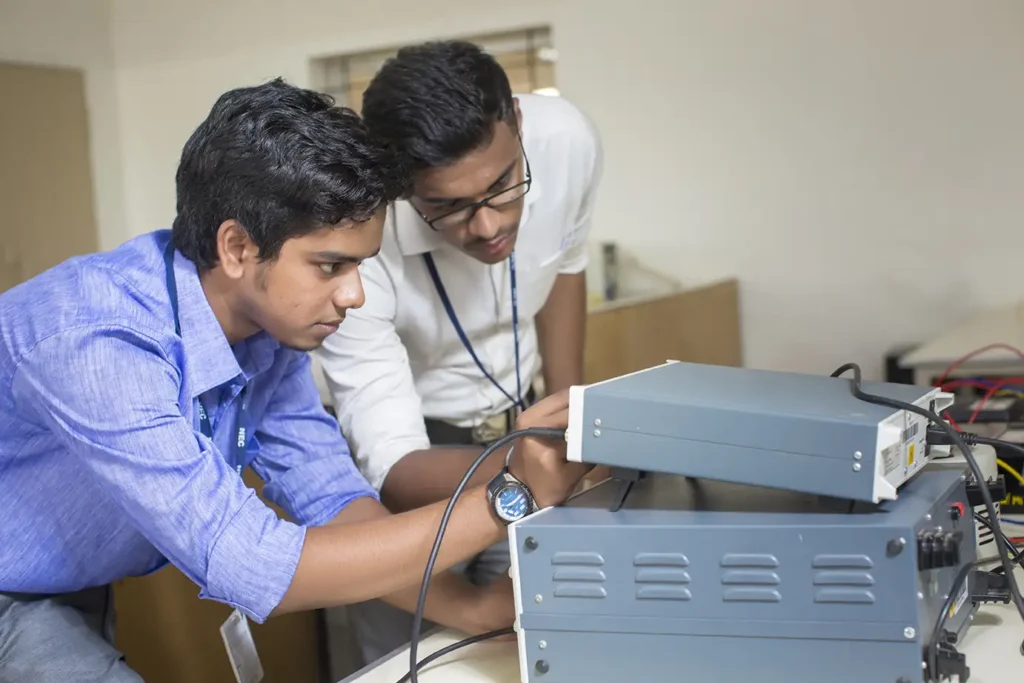
Our Goals
Provide more opportunities, products, and services aimed at increasing our value to professionals working in the industry; particularly younger professionals and entrepreneurs.
Ensure the vitality and relevance of our core activities in standards, conferences, education, and publications while providing increased value to our members.
Develop programs in public service focused on knowledge and technology in our fields of interest, related to public policy and humanitarian efforts.
Evaluate and adapt organizational structures and processes to meet the demands of a changing environment while managing the financial and sustainable health of IEEE.
Our Propose
According to IEEE’s official website their “…core purpose is to foster technological innovation and excellence for the benefit of humanity.”
Their vision is to become essential to the technological community that exists throughout the world.
They want their members to be the ones to revolutionize technology and improve global conditions.
IEEE’s core values include trust, growth and nurturing, global community building, partnership, service to humanity, and integrity in action.
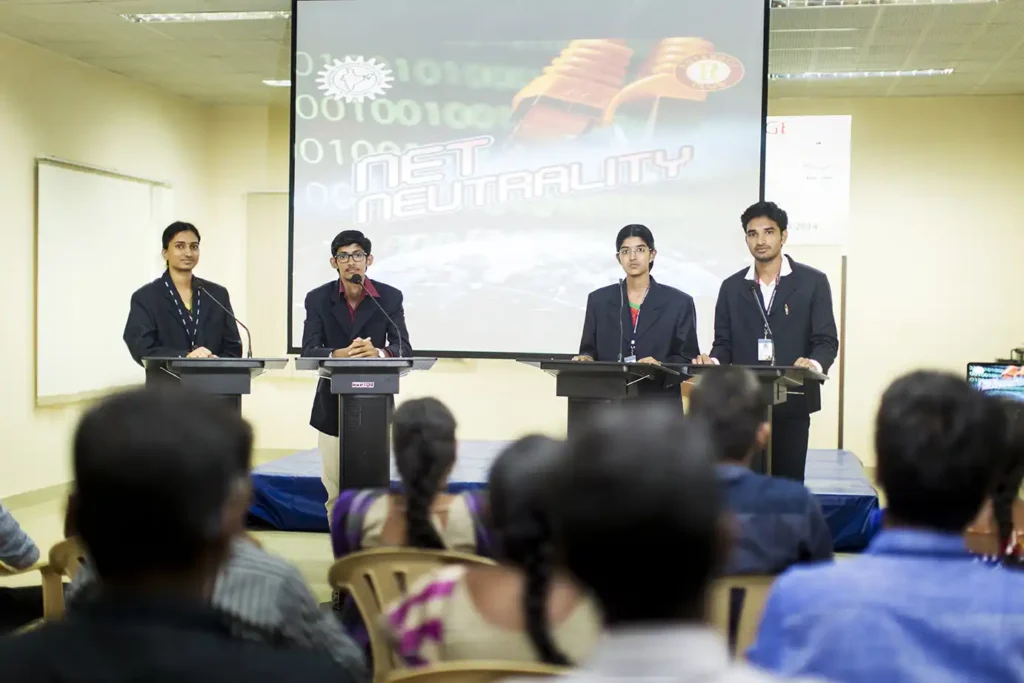
History
The major interests of the AIEE were wire communications (telegraphy and telephony) and light and power systems. The IRE concerned mostly radio engineering and was formed from two smaller organizations, the Society of Wireless and Telegraph Engineers and the Wireless Institute. With the rise of electronics in the 1930s, electronics engineers usually became members of the IRE, but the applications of electron tube technology became so extensive that the technical boundaries differentiating the IRE and the AIEE became difficult to distinguish. After World War II, the two organizations became increasingly competitive, and in 1961, the leadership of both the IRE and the AIEE resolved to consolidate the two organizations. The two organizations formally merged as the IEEE on January 1, 1963.
Notable presidents of IEEE and its founding organizations include Elihu Thomson (AIEE, 1889–1890), Alexander Graham Bell (AIEE, 1891–1892), Charles Proteus Steinmetz (AIEE, 1901–1902), Robert H. Marriott (IRE, 1912), Lee De Forest (IRE, 1930), Frederick E. Terman (IRE, 1941), William R. Hewlett (IRE, 1954), Ernst Weber (IRE, 1959; IEEE, 1963), and Ivan Getting (IEEE, 1978).
